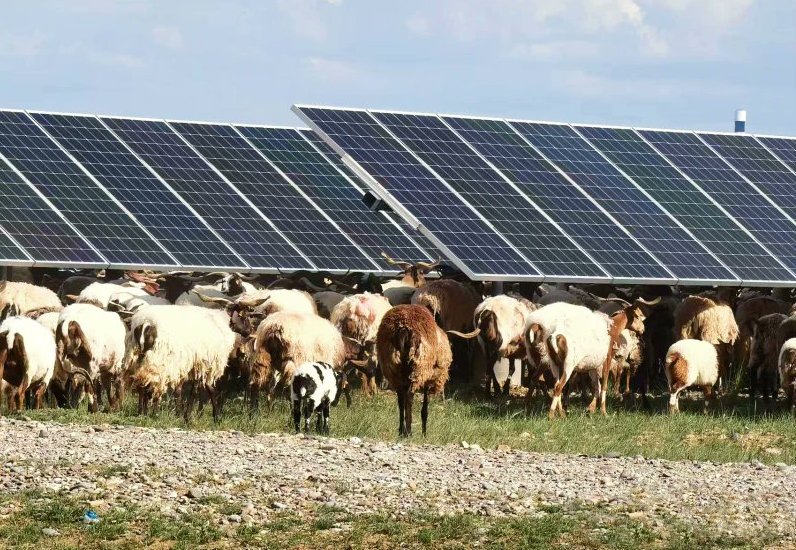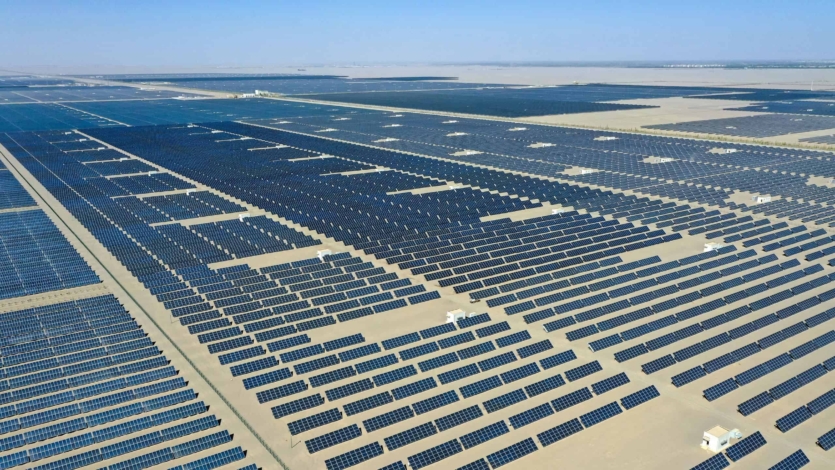
China is building the world’s largest solar power plant in the Tibetan Plateau, comparable in size to the American city of Chicago.
When completed, the power plant will cover 610 square kilometers and produce enough energy to supply 5 million households. The project is already two-thirds complete. The solar modules built in the previous stages are already generating a large amount of electricity.
The construction of this large-scale power plant is part of China’s plan to reduce greenhouse gas emissions from fossil fuel combustion. Results of a recent analysis, conducted by Center for Energy and Clean Air Research, showed, that China’s carbon emissions decreased by 1% in the first half of 2025. According to some experts, this may indicate, that China’s emissions have already peaked, ahead of forecasts that predicted this would happen after 2030.
“This is the first time we’re really talking about a structural downward trend in emissions in China”, — says one of the study’s authors, a Finnish analyst Lauri Mülluvirt.

Global demand for electricity is expected to grow by 4% in 2025. At the same time demand for energy from renewable sources is growing even more rapidly. Solar, wind, and nuclear power are outpacing demand and are beginning to undermine coal’s dominant position. Almost three-quarters of new solar and wind power projects are being built in China.
Results of the review, conducted in 2024, showed, that only 49 countries were able to reduce emissions while maintaining their economic growth potential, while the remaining 115 countries failed to meet this challenge. Most countries in Africa, the Americas, and Asia have not been able to break their dependence on fossil fuels for industrial production. However, most countries in Europe and Oceania have succeeded.
Despite this, China, for example, is still heavily dependent on coal. In 2023, China’s coal consumption totaled 4.3 billion metric tons. This made the country the largest consumer of coal in the world, as this volume is 55% of the global total.
According to the Center for Energy and Clean Air Research, China installed 212 GW of solar power plants in the first half of 2025, which exceeds the total capacity of all American countries of 178 GW at the end of 2024.
Unless the power grid can be adapted to the fluctuations in generation inherent in wind and solar energy sources, coal-fired power plants will remain the mainstay of China’s industrial potential. Typically, China builds large solar power plants in remote deserts in the west. Last year, the country launched a solar power plant that still remains the largest in the world (at the moment): the 3.5 GW facility in Xinjiang is large enough to supply electricity to Papua New Guinea for a year.
A huge solar power plant on the Tibetan Plateau will not only generate electricity, but also protect the local landscape from wind and dust storms, giving the vegetation additional potential for pasture. Grass sprouts under the steel frames of the solar panels. Flocks of sheep graze between the rows, eating the greenery that would not exist without the solar panels.
However, this power plant is opposed by the factor of geographical location. The majority of China’s population and factories are located in the east, thousands of kilometers away from this large solar farm. Power lines must stretch across mountains and provinces to deliver clean energy to where it is needed.
Source: ZME Science

Spelling error report
The following text will be sent to our editors: